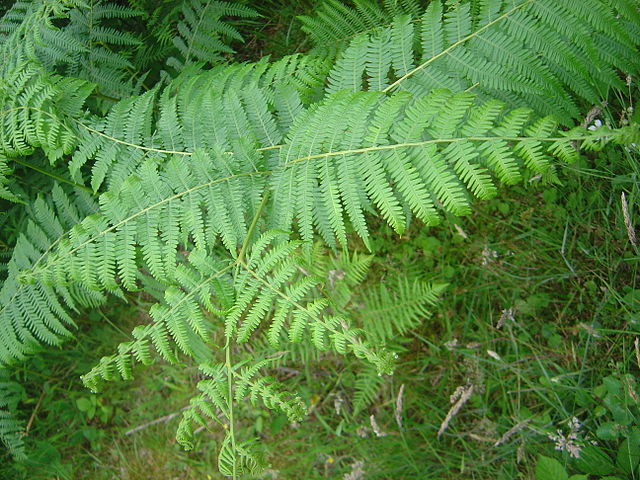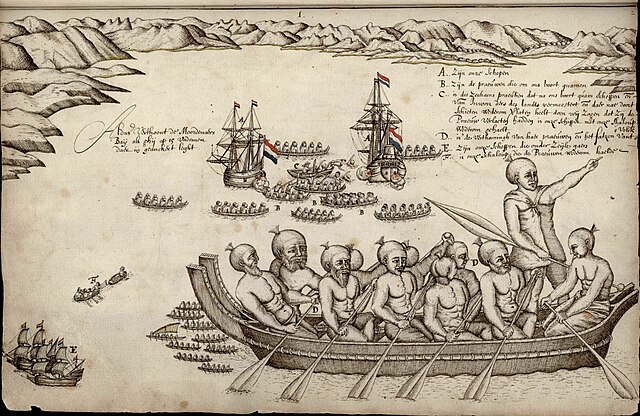Haumia-tiketike is the god of all uncultivated vegetative food in Māori mythology. He is particularly associated with the starchy rhizome of the Pteridium esculentum, which became a major element of the Māori diet in former times. He contrasts with Rongo, the god of kūmara and all cultivated food plants.
Haumia-tiketike is the deity associated with wild plants such as the bracken fern.
Māori mythology and Māori traditions are two major categories into which the remote oral history of New Zealand's Māori may be divided. Māori myths concern tales of supernatural events relating to the origins of what was the observable world for the pre-European Māori, often involving gods and demigods. Māori tradition concerns more folkloric legends often involving historical or semi-historical forebears. Both categories merge in whakapapa to explain the overall origin of the Māori and their connections to the world which they lived in.
Six major departmental atua represented by wooden godsticks: left to right, Tūmatauenga, Tāwhirimātea, Tāne Mahuta, Tangaroa, Rongo-mā-Tāne, and Haumia-tiketike.
Detail from a ridgepole (tāhūhū) in a Ngāti Awa wharenui. Believed to represent one of two ancestors: Tūwharetoa or Kahungunu.
First European impression of (Ngāti Tūmatakōkiri) Māori, at Murderers' Bay, 1642.




